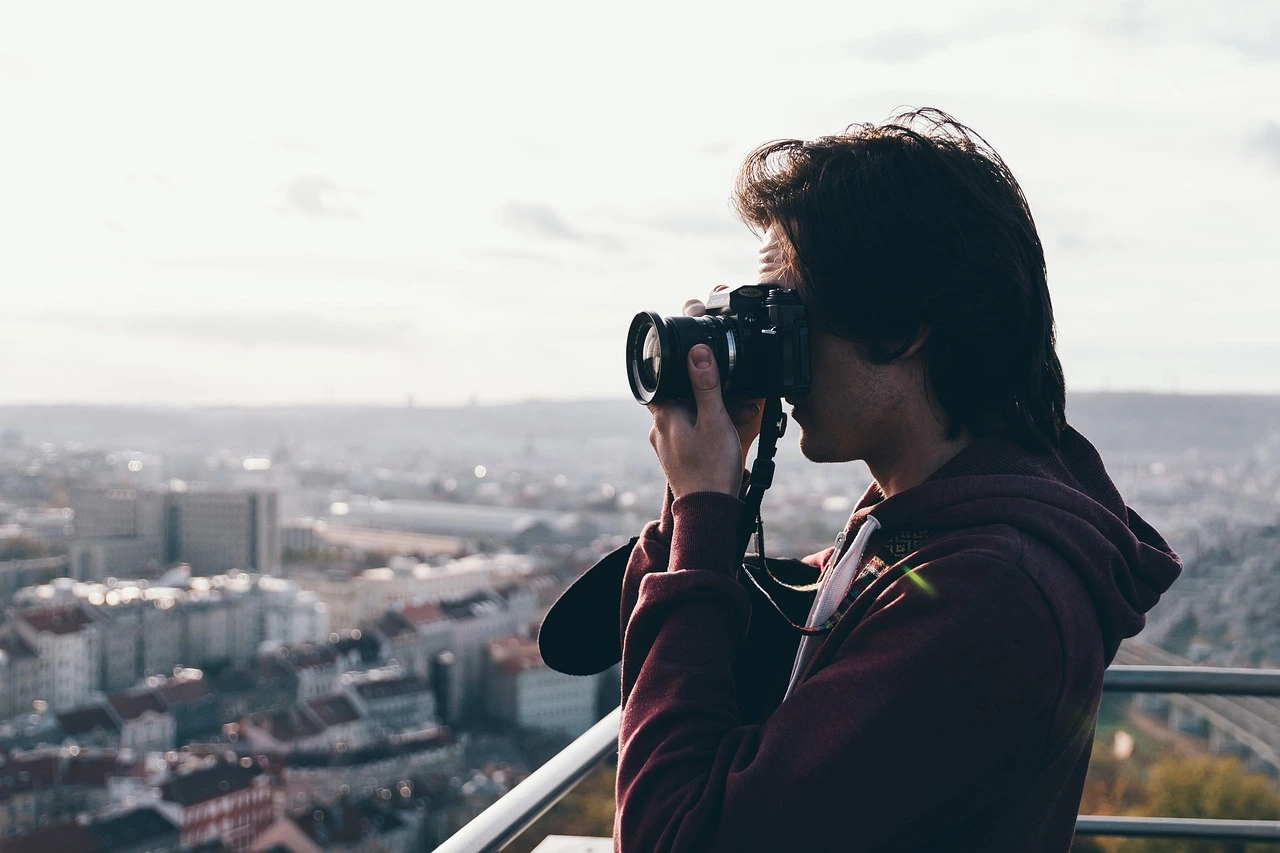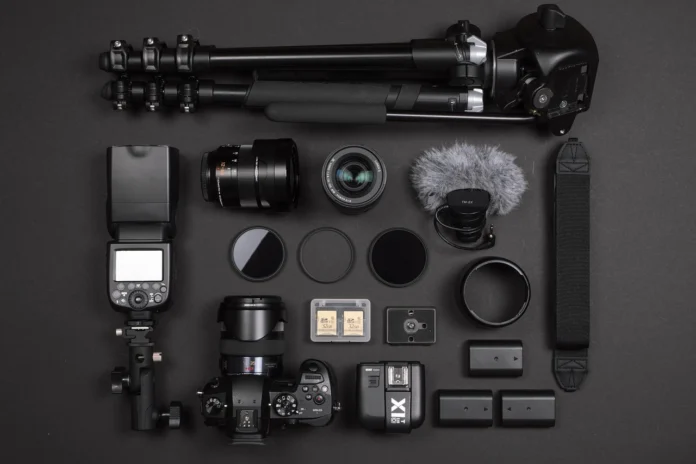Traveling with camera gear can be both exciting and challenging. Whether you’re a professional photographer or a passionate hobbyist, keeping your equipment safe while travelling is essential. A world of possibilities opens up with each click of the shutter. As you prepare to capture breathtaking moments across diverse landscapes, ensure your precious camera gear accompanies you safely. This guide will equip you with essential tips and tricks to safeguard your equipment, from bustling airports to remote wilderness.
Whether you’re a seasoned photographer or a budding enthusiast, let’s embark on this journey together, ensuring that your gear is as ready for adventure as you are.
Planning And Preparation
Proper planning is the key to hassle-free travel with camera gear. Start by deciding which equipment is necessary for your trip. Carry only the essentials to minimize weight and reduce the risk of damage or loss. For example, consider bringing a versatile lens instead of multiple specialized lenses.
Research airline regulations for carry-on and checked luggage. Most airlines allow you to carry camera gear in your hand luggage, but there might be restrictions on batteries. Create a detailed checklist of your camera gear, including cameras, lenses, chargers, memory cards, and accessories, to ensure nothing is left behind.
Choosing The Right Bag
Investing in a high-quality camera bag is crucial for safe travel. Look for features like padded compartments, waterproofing, and adjustable dividers. These protect your gear from shocks and environmental factors.
Consider the type of bag that suits your travel style. A camera backpack is ideal for active travellers, offering Comfort and accessibility. Alternatively, a roller bag works well for those carrying heavier gear and navigating airports. Brands like Lowepro, Peak Design, and Think Tank offer excellent options tailored for photographers.
Start by selecting a high-quality camera bag suitable for your equipment. Look for the following features:
- Padded Dividers: These separate each item and absorb shocks.
- Waterproof Cover: Protects your gear from unexpected weather conditions.
- Multiple Compartments: Helps organize camera bodies, lenses, batteries, and cables.
Packing Your Camera Gear Safely
Packing your gear correctly can prevent costly damage. Use padded dividers to separate your equipment and avoid direct contact between items. Permanently attach lens caps and use lens cloths to protect delicate surfaces.
Avoid overpacking your bag, as this can strain zippers and compromise padding. Place heavier items like cameras and lenses at the bottom of the bag and lighter accessories on top. Use silica gel packs to prevent moisture buildup, especially in humid climates.
Quick Reference for Packing Gear
| Gear | Storage Tips |
| Camera Body | Place in a padded section; Roll straps separately |
| Lens | Attach Lens cops; store vertically and horizontally |
| Batteries | Stored in a hard case; Kept in hand luggage |
| Tripod | Secure with straps on the side or use a separate case |
| Cable Charges | Fold Neatly secure with elastic bands; use side pockets |
By following these steps and using this table as a quick checklist, you can ensure your gear stays safe, organized, and accessible during your travels.
2. Place Heavier Items At The Bottom
When packing, place heavier items like the camera body and lenses at the bottom of the bag to distribute weight evenly and maintain stability. Lighter accessories like filters and microfiber cloths should go in the upper or side pockets.
3. Use Silica Gel Packs
Add silica gel packs to each compartment to prevent moisture buildup, especially in humid environments.
4. Wrap Delicate Items Properly
- Place delicate items such as filters and external hard drives in soft pouches.
- Always use protective lens caps on the front and rear elements to avoid scratches.
5. Keep Essential Gear Accessible
Store frequently used items like cleaning cloths, memory cards, or spare batteries in easily accessible pockets to avoid delays during travel or shoots.
6. Avoid Overpacking and Secure Zippers
- Do not overstuff your bag to prevent strain on zippers or compromising padding.
- Ensure all zippers are securely closed, and if rain is expected, use the bag’s rain cover for added protection.
By following these steps, you can ensure your camera gear stays safe, organized, and ready for use while traveling!
Camera Gear In Hand Luggage
Whenever possible, carry your camera gear in your hand luggage. In this way, there is less chance of damage or loss during transit. TSA guidelines allow you to take cameras and lenses through security checkpoints, but you may be asked to remove them from your bag for inspection.
Organize your gear for easy access, ensuring that items like batteries and laptops are readily available for screening. Pack your equipment neatly and follow airline regulations regarding lithium-ion batteries to avoid delays.
Camera Gear In Checked Luggage
If you must check your camera gear, take extra precautions. Use a hard case with robust padding to protect against impacts. Secure the case with TSA-approved locks and mark it with “FRAGILE” stickers to alert handling staff.
Place smaller accessories like memory cards and batteries in your carry-on luggage to avoid potential loss. Insure your gear to cover theft or damage, and keep a record of serial numbers and receipts for documentation.
Maintaining Gear During Travel
Travel can expose your equipment to harsh conditions, so maintenance is vital. Avoid leaving your gear in direct sunlight or inside a hot car in hot climates. Keep your equipment warm in cold environments by storing it in an insulated bag.
Clean your camera and lenses regularly using a blower or lens cloth to remove dust and dirt. store batteries in a separate pouch to prevent contact with metal objects and comply with airline safety rules.
Travel Insurance For Camera Gear
Travel insurance is essential when travelling with expensive equipment. Look for policies covering electronics and high-value items like cameras and lenses. Some insurance providers offer add-ons for professional gear, ensuring comprehensive protection.
If your gear is stolen or damaged, document the incident immediately and file a claim with the necessary receipts and photos. Insurance offers peace of mind, allowing you to focus on capturing memories rather than worrying about your gear.
Tips For Shooting On The Go

While travelling, ensure your gear is accessible yet secure. Use camera straps to keep your equipment close and avoid leaving it unattended in public spaces.
Consider carrying a lightweight tripod or a portable stabilizer for steady shots. Backup your photos regularly to a laptop or cloud storage to prevent loss in case of theft or technical issues. Connect with local photographers to discover hidden gems and gain insights about shooting locations.
Final Thoughts
Travelling with camera gear doesn’t have to be stressful. By planning, choosing the right bag, and taking protective measures, you can keep your equipment safe and ready for use. Whether you’re exploring bustling cities or remote landscapes, these tips will ensure your gear stays in top condition, allowing you to focus on capturing incredible moments.
Ready to share your travel photography tips? Leave a comment below!
Read More: Is Portugal Safe For Solo Female Travellers?



